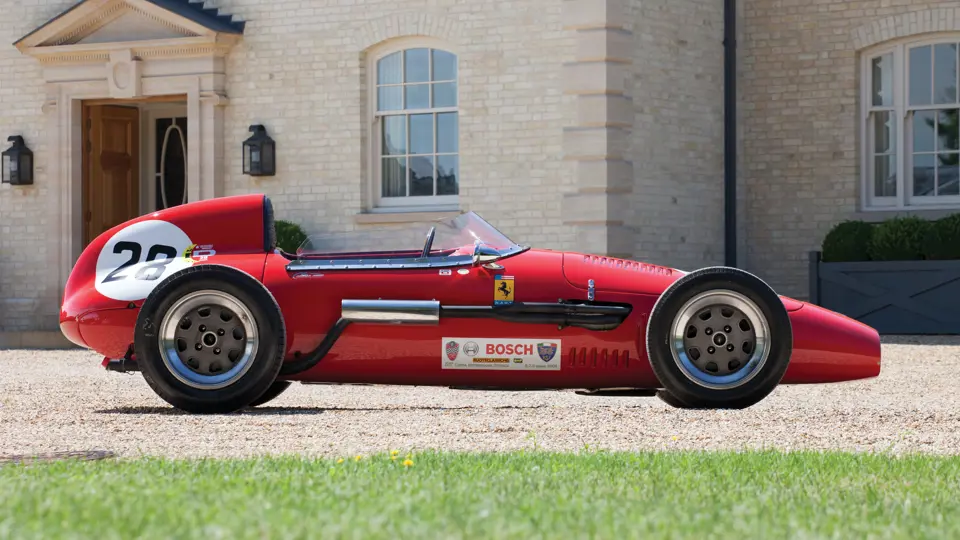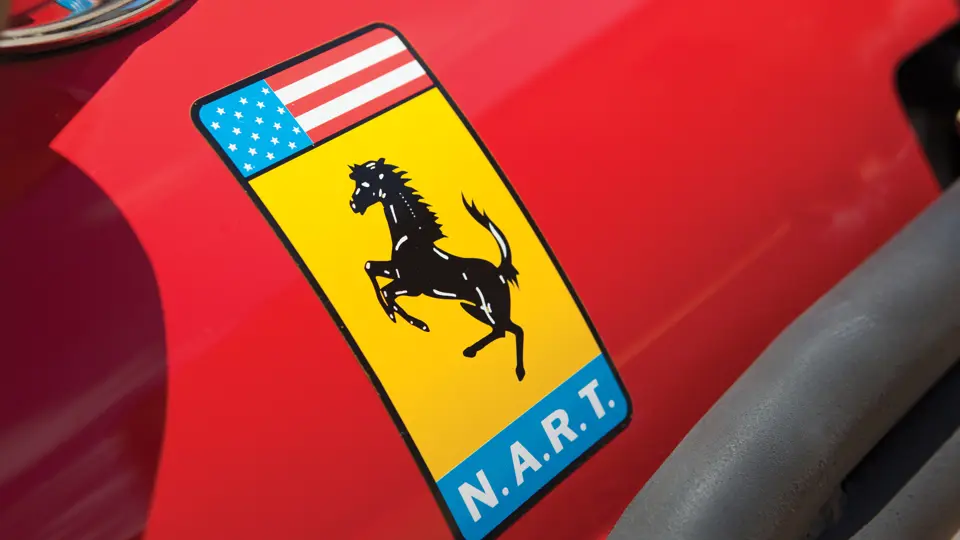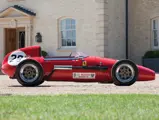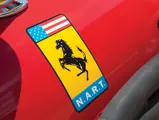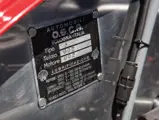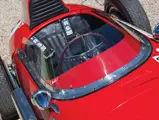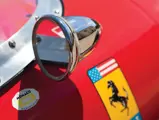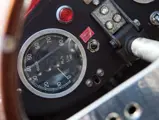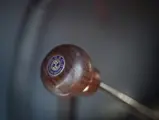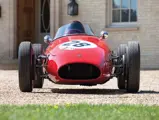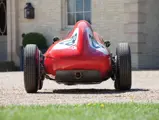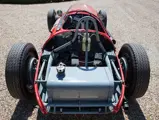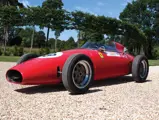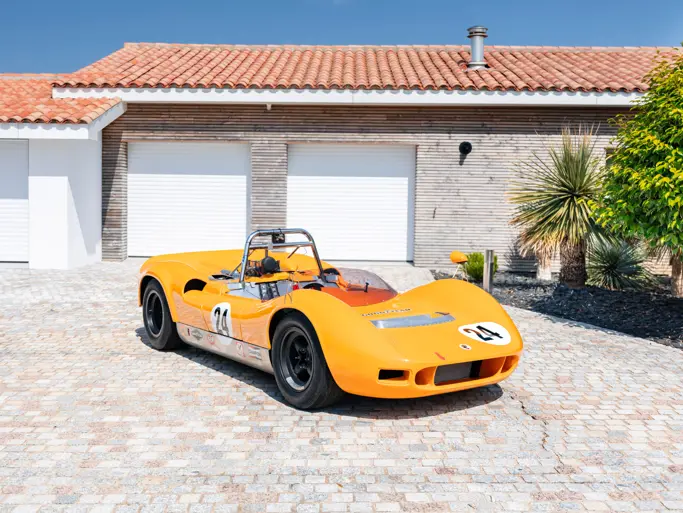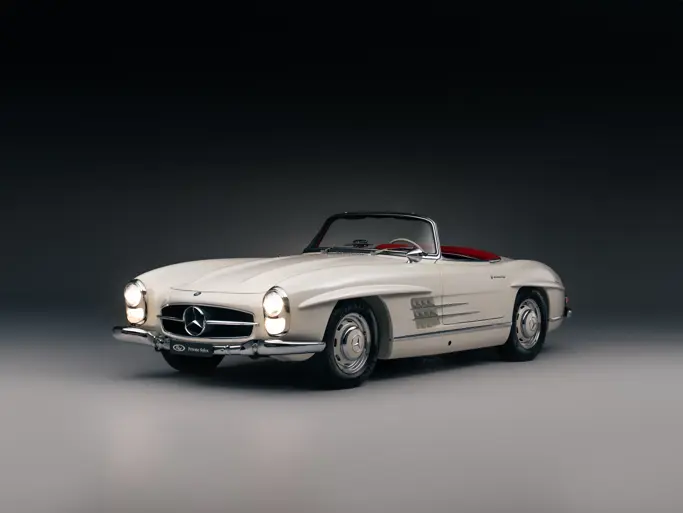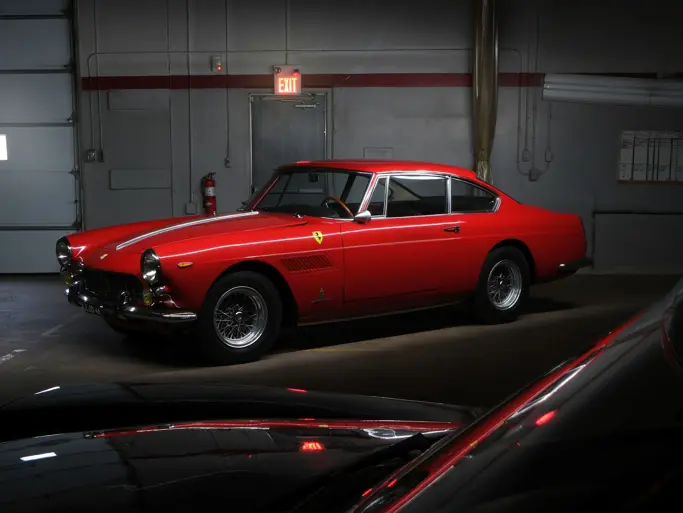86.7 hp, 1,089 cc inline four-cylinder engine, four-speed manual gearbox, independent front suspension with an anti-roll bar, live rear axle with coil springs and telescopic shocks, and four-wheel hydraulic drum brakes. Wheelbase: 2,100 mm
In 1958, Count Giovanni “Johnny” Lurani, one of the Italian aristocrats who had established the Mille Miglia in 1927, was concerned at the lack of young Italians coming through as potential Formula One drivers. He initially established the Lurani Championship for Formula Junior racing cars in Italy, but it was eventually sanctioned by the FIA. Cars were to be based on Fiat’s 1,100-cubic centimetre engines, with a substantial proportion of the mechanical parts also sourced from Fiat. As these were readily available and at low cost, a number of Italian marques used them to produce attractive front-engine race cars, and amongst those marques were Stanguellini, Taraschi, Volpini, Autosud, Bandini, and the Maserati brothers’ specialist company, OSCA.
The OSCAs, in particular, were very charismatic cars, looking every bit like a two-thirds-scale Maserati 250 F. Nonetheless, Stanguellini was the largest producer, as they constructed over 100 cars throughout 1958, 1959, and 1960. The OSCA company built far fewer, as only 15 cars emerged from the Maserati brothers’ factory in Bologna. The popularity of the series and the clarity of its raison d’être meant that the concept grew like wildfire and soon swept across Europe, the UK, North and South America, Australia, and New Zealand. It rapidly spawned vigorous and regular racing, and it quickly achieved its aim of providing a racing forum for many talented young drivers.
This OSCA Tipo J, chassis number 002, was delivered in 1959 to Edgard Fronteras, a close friend of the Maserati brothers in the United States and the official importer of OSCA cars. It was understood to be subsequently loaned to Luigi Chinetti, who included amongst his young drivers the Rodriguez brothers, Pedro and Ricardo. Chinetti used chassis 002 as the vehicle for Ricardo Rodriguez’s highly successful early years in a number of U.S. races, including at the Vanderbilt Cup in 1960, where he was only narrowly beaten by the outstanding American racer Walt Hansgen, who was in an early Lotus 18. The car has also reputedly been raced by Colin Davis, who won the European championship for OSCA in 1960.
It was subsequently owned by Kurt Sommer, of Switzerland, in the early 2000s, and it was then later acquired by Scandanavian Barrister Eric Justesen. The car was also raced by its owners Roger Earl and Tony Pickering at the Silverstone Classic, the Spa Francorchamps Historic, the Goodwood Revival, the Brands Hatch SuperPrix, the Donington SeeRed event, the Monaco Historic Grand Prix in 2004 and 2008, and at the Monza Coppa InterEuropa in 2005, where it had two class wins and received the Car of the Meeting accolade.
Prior to the current owner’s acquisition in 2009, the engine was overhauled, which included work to the head, timing gear, bearings, and bores, as well as work to the gearbox and a reconditioning of the brakes. Since then, chassis 002 has been maintained in excellent mechanical and cosmetic condition, and it displays a very pleasing patina. During his ownership, it has been maintained by Scott Racing and exercised monthly. Included with the car is a desirable list of spares, including a brand-new set of wheels with new CR65 tyres fitted; a flight case for the wheels; ignition parts, including two coils and a distributor; two ring and pinion sets; a tie rod; coil springs; trunnion mounts; an unsilenced exhaust; a modern seat; a head rest; and a car cover bag.
Most importantly, this OSCA is accompanied by its FIA Historical Technical papers, which assure its invitation to the most prestigious events. As one of six remaining examples, it will no doubt be a welcome addition to the paddock at any vintage meet.




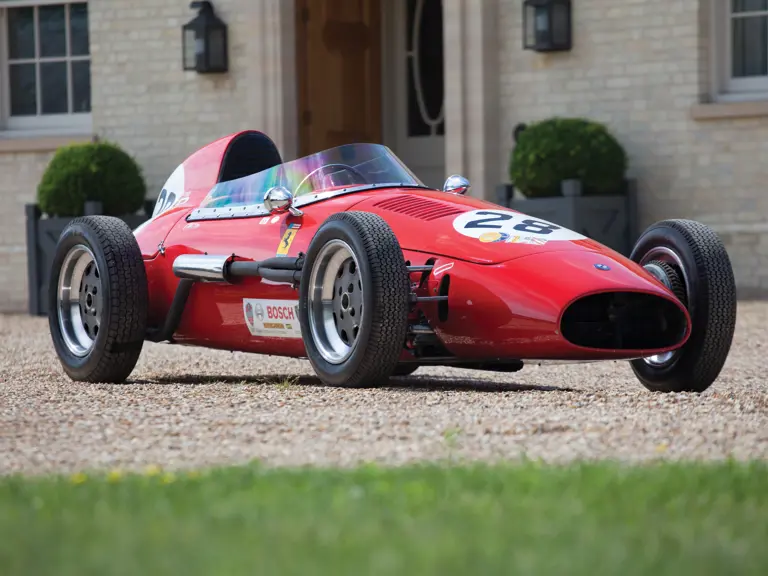
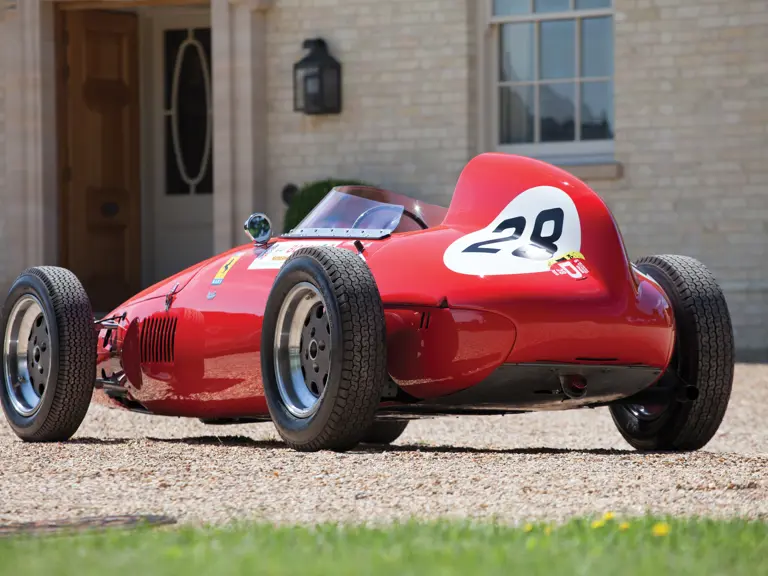


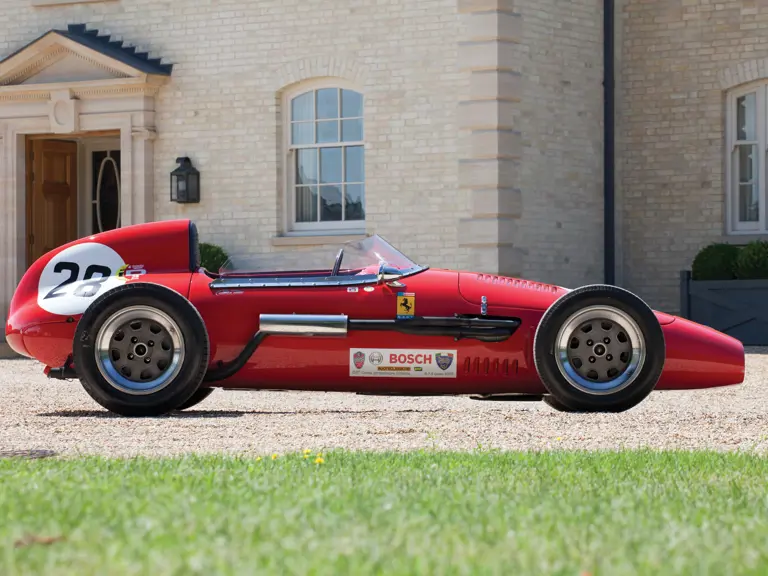
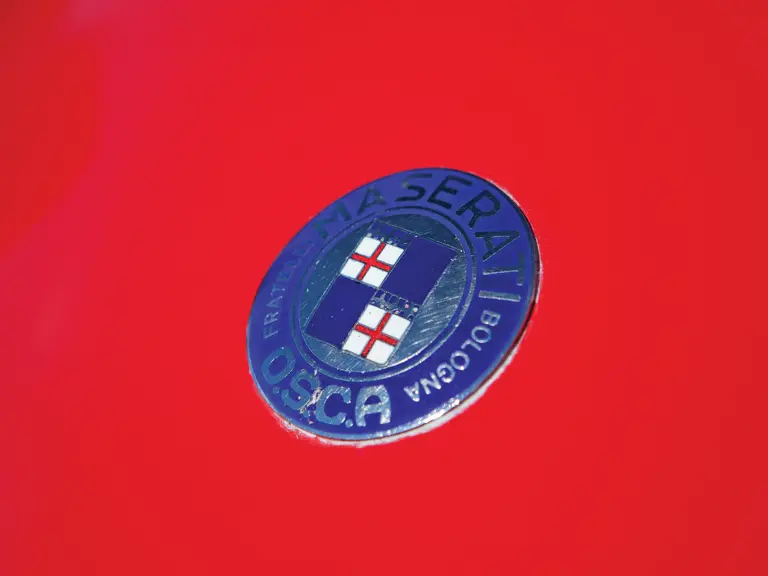
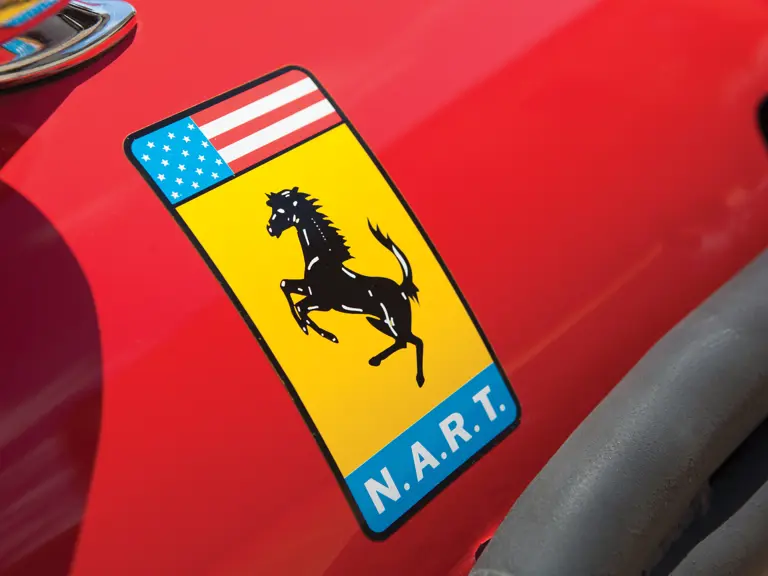
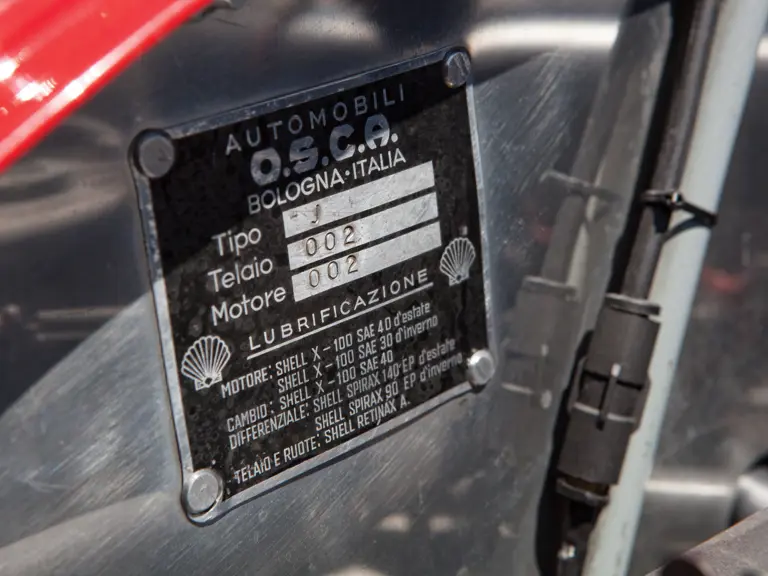
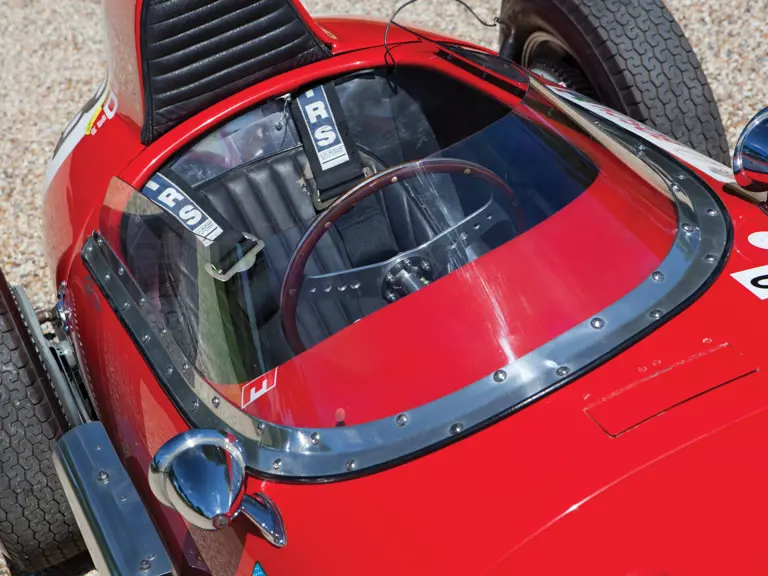
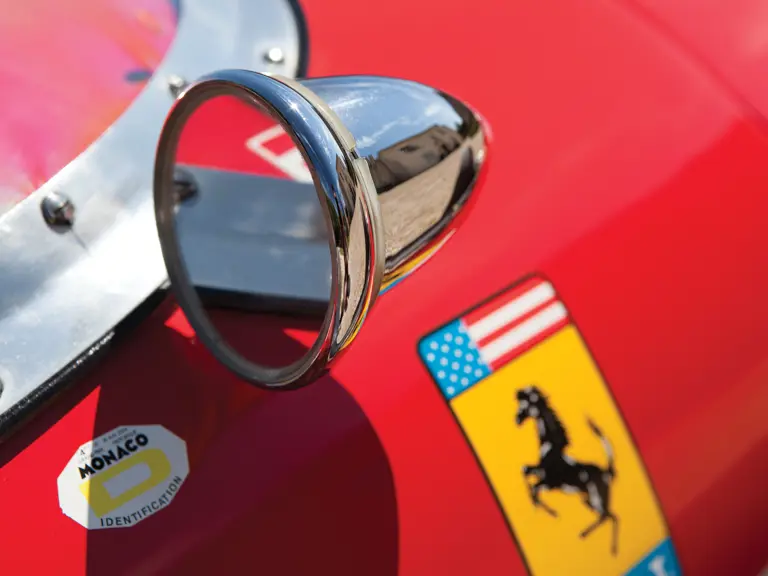

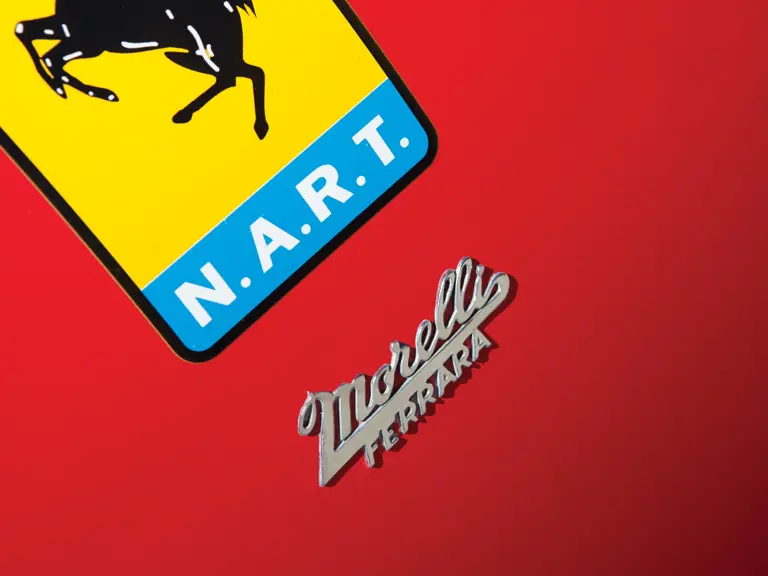




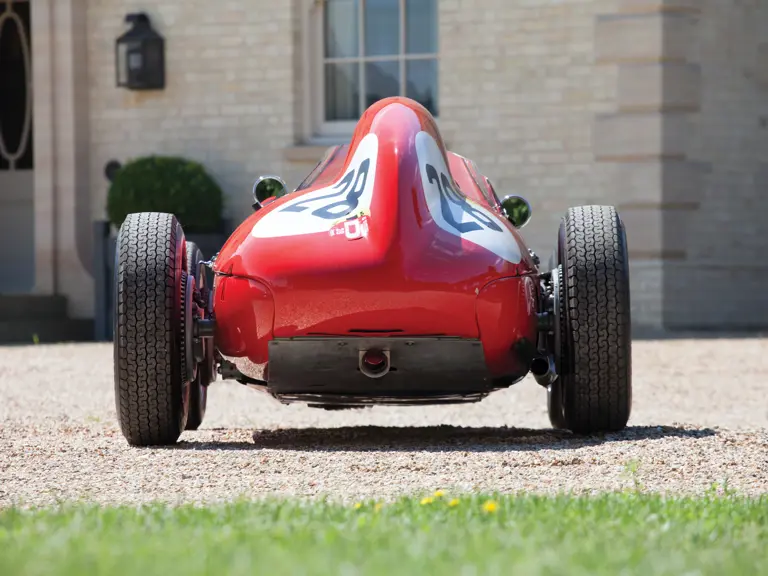


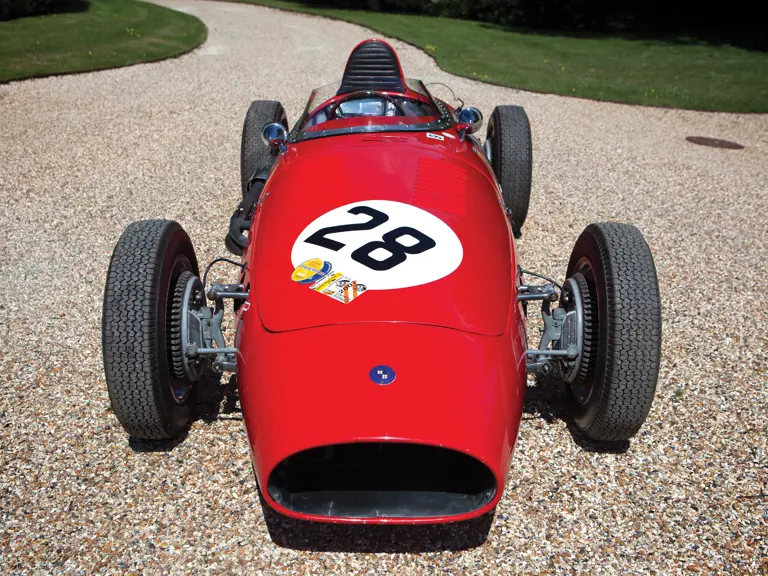
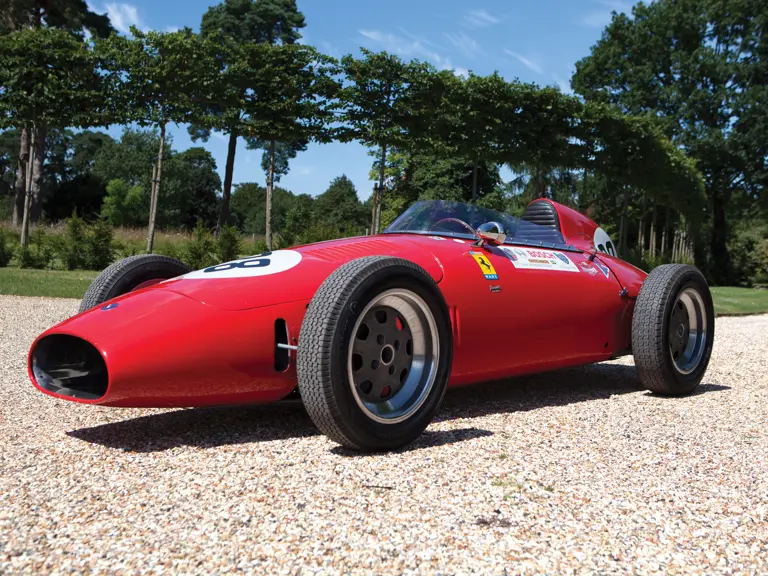
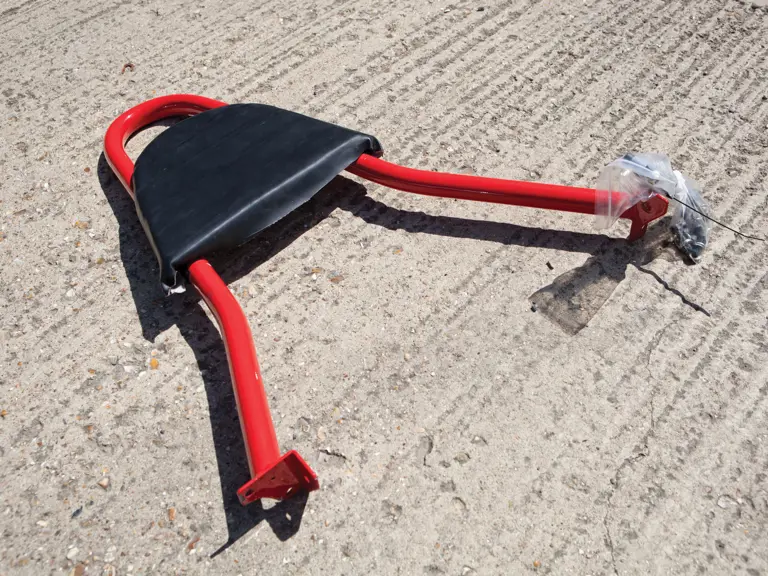
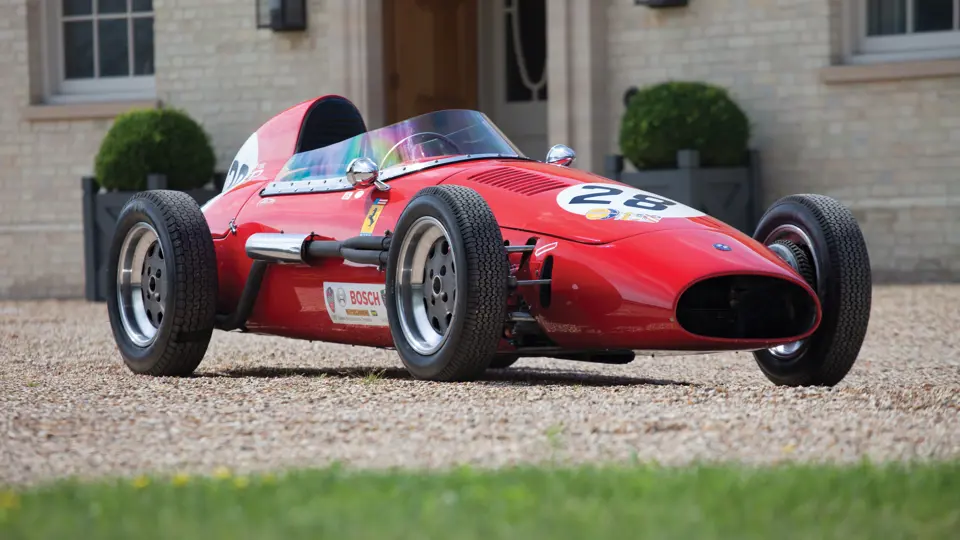
 | London, United Kingdom
| London, United Kingdom
